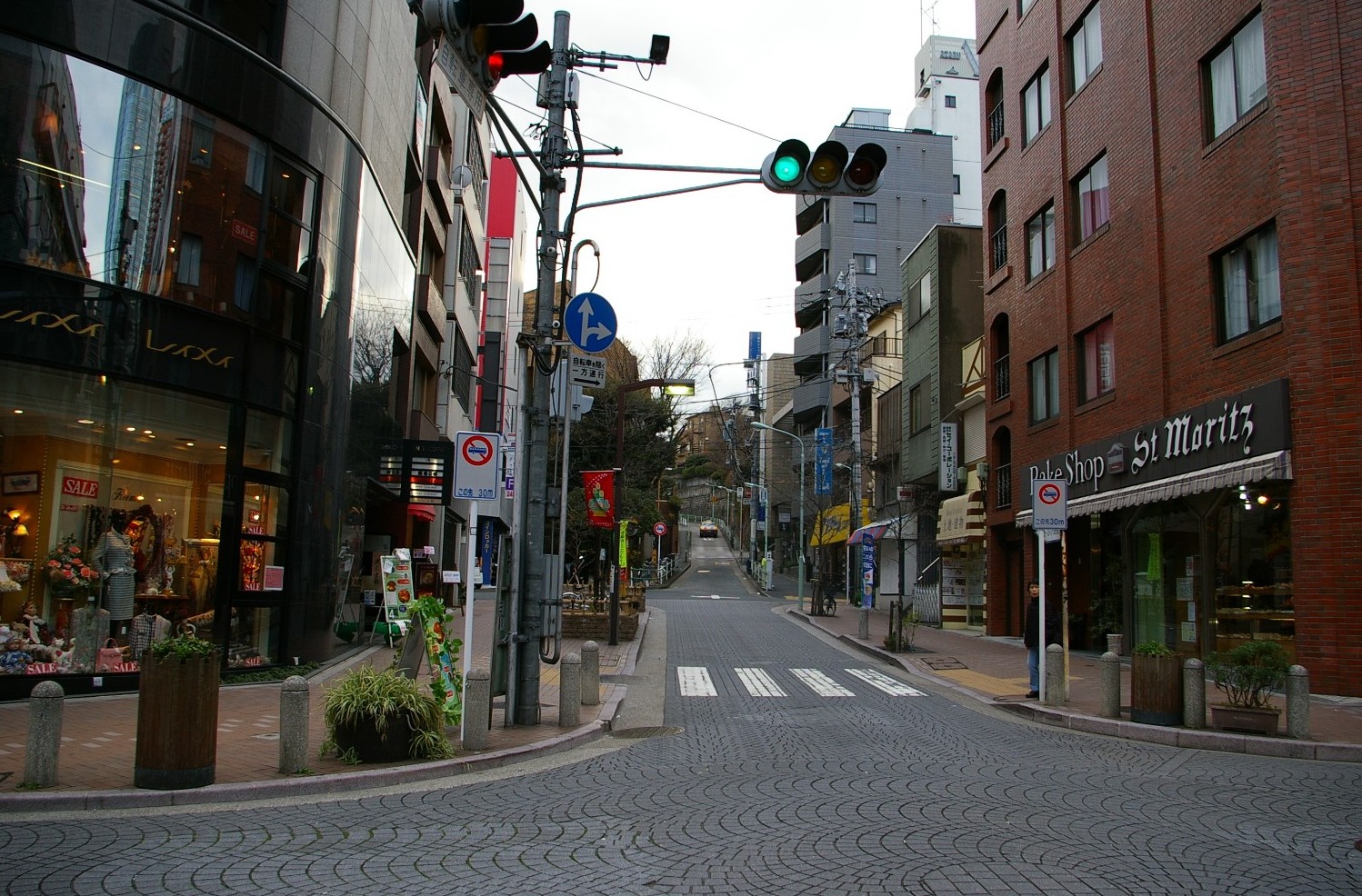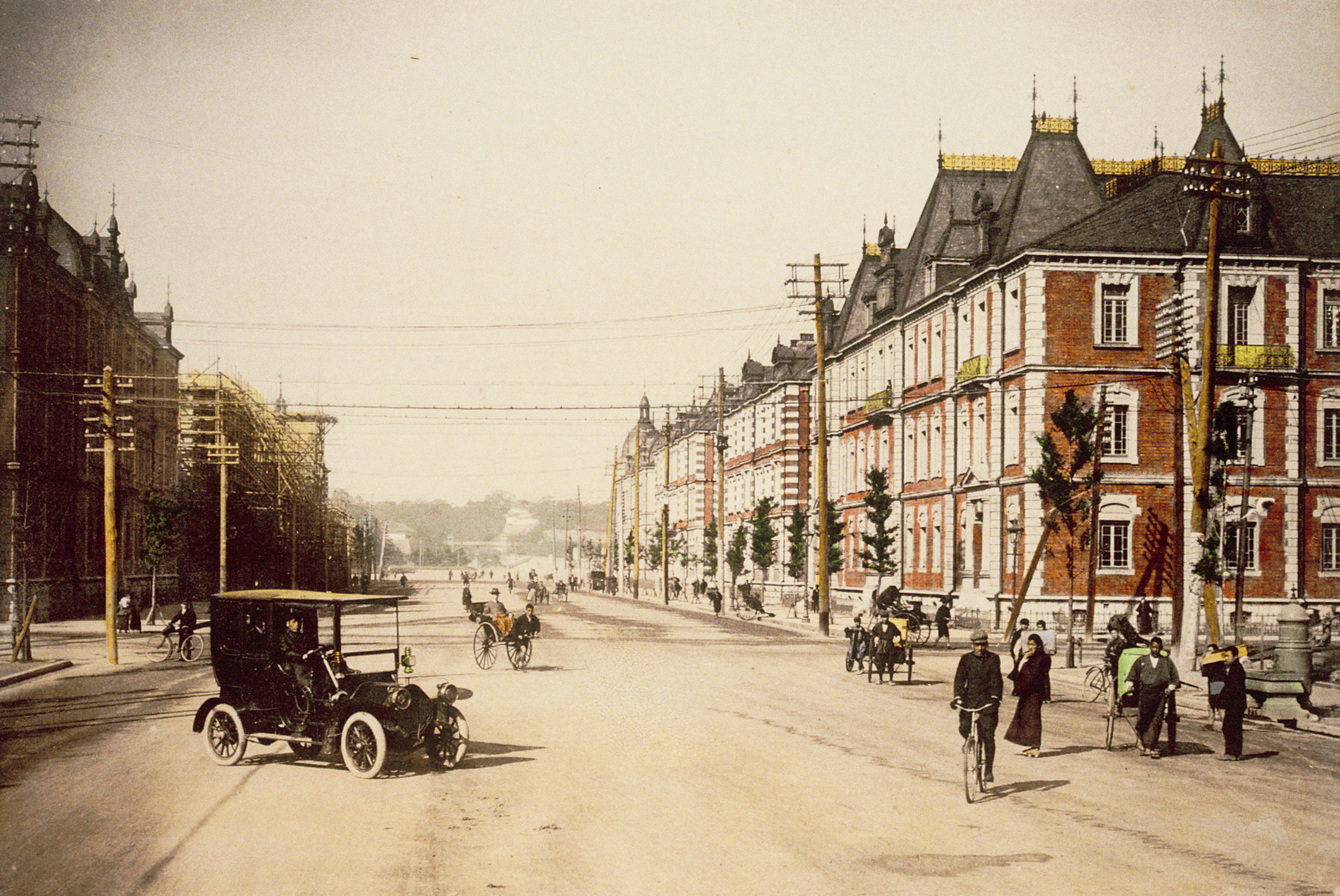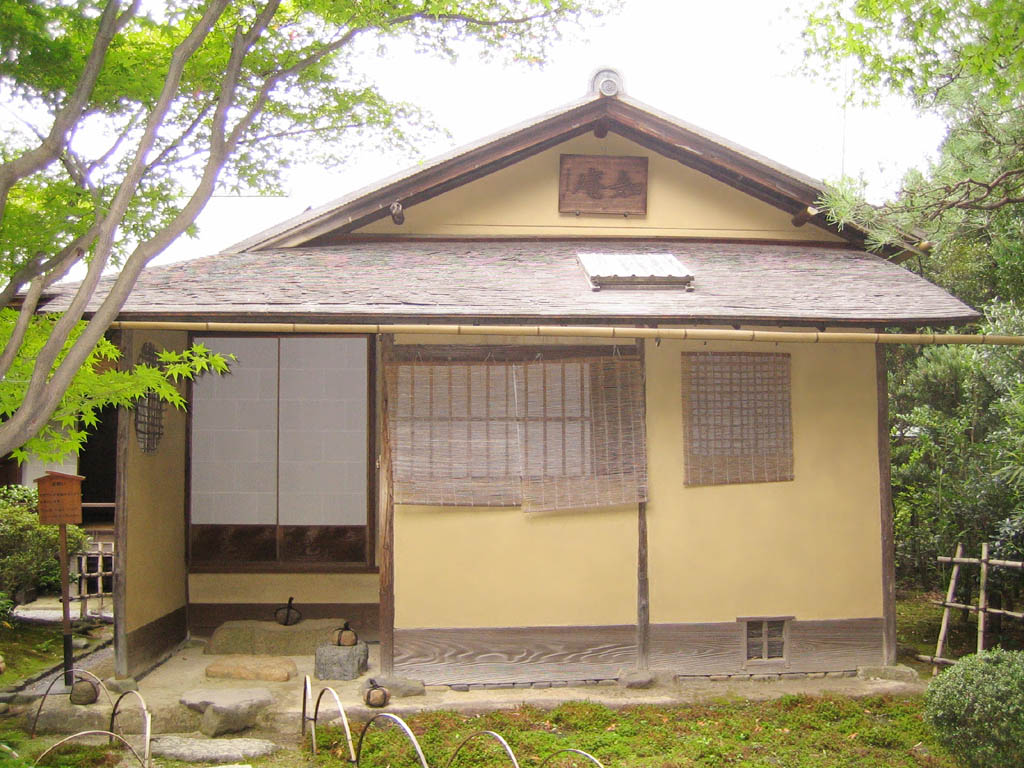|
Edo-Tokyo Open Air Architectural Museum
The in Koganei Park, Tokyo, Japan, is a museum of historic Japanese buildings. The park includes many buildings from the ordinary middle class Japanese experience to the homes of wealthy and powerful individuals such as former Prime Minister Takahashi Korekiyo, out in the open in a park. The museum enables visitors to enter and explore a wide variety of buildings of different styles, periods, and purposes, from upper-class homes to pre-war shops, public baths (''sentō''), and Western-style buildings of the Meiji period, which would normally be inaccessible to tourists or other casual visitors, or which cannot be found in Tokyo. Acclaimed animator Hayao Miyazaki often visited here during the creation of his film, ''Spirited Away'', for inspiration. Restored buildings The park is divided into three zones. The west zone is lined with Musashino farm homes and Yamanote houses, the center zone is lined with prestigious historic buildings, and the east zone is a reproduction of ... [...More Info...] [...Related Items...] OR: [Wikipedia] [Google] [Baidu] |
Kokyo Gaien National Garden
Kokyo Gaien National Garden (or Kōkyogaien 皇居外苑) is located in Chiyoda, Tokyo, just south of Tokyo Imperial Palace. Area Kokyo Gaien National Garden has an area of about 450,000m2. When including Kitanomaru Park and one of the regions that make up Tokyo Imperial Palace, the area reaches 1,150,000m2. Overview Although it is a park, it has no playground equipment, and it is often seen as a place to relax and enjoy the history of Edo Castle and walk around the square. Also, due to the fact that it is adjacent to the Imperial Palace, there is surveillance by the Imperial Palace Police and the Tokyo Metropolitan Police Department. Facilities and attractions * Square in front of the Imperial Palace — A very large open space despite being in the center of the city * Seimon Tetsubashi — The bridge used to have a two-tiered structure * Sakurada Gate — It is designated as Important Cultural Property * Sakashita Gate — Currently used as a gate for the Imperial Househo ... [...More Info...] [...Related Items...] OR: [Wikipedia] [Google] [Baidu] |
Azabu
is an area in Minato,Tokyo, Japan. Built on a marshy area of foothills south of central Tokyo, its coverage roughly corresponds to that of the former Azabu Ward, presently consisting of nine official districts: Azabu-Jūban, Azabudai, Azabu-Nagasakachō, Azabu-Mamianachō, Nishi-Azabu, Higashi-Azabu, Moto-Azabu and Roppongi. It is known as one of Tokyo's most expensive and upscale residential districts with many artists, business people, and celebrities residing there. It is also known for its large foreign population, due in part to a number of foreign embassies present in the area. History The name Azabu literally means hemp cloth. Until the early Edo period, the area was agricultural. Archaeological evidence indicates that the area was inhabited as far back as the Jōmon period. The Juban Inari shrine (formerly known as Takechiyo Inari) was constructed in AD 712, the temple of Zenpuku-ji in 824, and the Hikawa Shrine in 939 (on orders of Minamoto no Tsunemoto). Th ... [...More Info...] [...Related Items...] OR: [Wikipedia] [Google] [Baidu] |
Zaibatsu
is a Japanese language, Japanese term referring to industrial and financial vertical integration, vertically integrated business conglomerate (company), conglomerates in the Empire of Japan, whose influence and size allowed control over significant parts of the Japanese economy from the Meiji period until the end of World War II. A ''zaibatsu'' general structure included a family-owned holding company on top, and a bank which financed the other, mostly industrial subsidiaries within them. Although the ''zaibatsu'' played an important role in the Japanese economy from the 1860s to 1945, they increased in number and importance following the Russo-Japanese War of 1904–1905, World War I and Japan's subsequent attempt to conquer East Asia during the inter-war period and World War II. After World War II they were dissolved by the Occupation of Japan, Allied occupation forces and succeeded by the ''keiretsu'' (groups of banks, manufacturers, suppliers, and distributors). Equivalents ... [...More Info...] [...Related Items...] OR: [Wikipedia] [Google] [Baidu] |
Mitsui Family
The is one of the most powerful families of merchants and industrialists in Japan. The Mitsui enterprise (present-day Mitsui Group) was established in 1673 when Mitsui Takatoshi (1622–1694), the son of merchant parents, established Echigoya, a dry goods department store in both Edo and Kyoto, which later became the Mitsukoshi department store chain. Meeting with great success, Takatoshi extended his services to moneylending and exchange. In the late Edo period, the Mitsuis were the richest and most eminent family in Japan, their business being thoroughly encouraged by the shogunal government of the time. After the Meiji Restoration, the family switched allegiance to the Meiji government. In 1909, a Mitsui controlled holding company took over the business, with Mitsui thus becoming a zaibatsu (business conglomerate) of more than 150 companies, and in modern times the group counts dozens of multinational companies in fields such as trade, banking, shipping, construction, mini ... [...More Info...] [...Related Items...] OR: [Wikipedia] [Google] [Baidu] |
Mitsui Hachirōemon
is the inherited name given to the first son born to , or the leading branch of the extended Mitsui family. It was who started the naming ritual that a male heir would be called Hachirōemon when they decide the next leader of family business that Mitsui was known for. For those sons of Takatoshi, each bloodline had a nickname: the first son Takahira held the Kita branch, the second son Takatomi the , and the third son Takaharu the . When the first son of Kita branch be too young to inherit the position from his father, one of his uncles or male cousins would be selected to fill in for a limited period of time, but they did not count him as a Hachirōemon. The extended family decided to expel who had consumed family fortune by indulging in antiquity as hobby, thus Takayoshi's younger brother Takahisa was acted as Hachirōemon until Takakiyo, his nephew, was old enough. Mitsui people who inherited the name Hachirōemon the financer: — :* Kita branch: Takatoshi's first ... [...More Info...] [...Related Items...] OR: [Wikipedia] [Google] [Baidu] |
Chashitsu
''Chashitsu'' (, "tea room") in Japanese tradition is an architectural space designed to be used for tea ceremony (''chanoyu'') gatherings. The architectural style that developed for ''chashitsu'' is referred to as the ''sukiya'' style (''sukiya-zukuri''), and the term ''sukiya'' () may be used as a synonym for ''chashitsu''. Related Japanese terms are ''chaseki'' (), broadly meaning "place for tea", and implying any sort of space where people are seated to participate in tea ceremony, and ''chabana ''Chabana'' (茶花, literally "tea flowers") is a generic term for the arrangement of flowers put together for display at a Japanese tea ceremony, and also for the wide variety of plants conventionally considered as appropriate material for ...'', "tea flowers", the style of flower arrangement associated with the tea ceremony. Typical features of ''chashitsu'' are ''shōji'' windows and sliding doors made of wooden lattice covered in a translucent washi, Japanese paper; ' ... [...More Info...] [...Related Items...] OR: [Wikipedia] [Google] [Baidu] |
Shirokane
is a district of Minato, Tokyo, Japan. Currently it consists of six '' chōme''. According to Minato, as of November 1, 2007, the population in the neighborhood is 14,840. The term ''Shirokane'' narrowly refers to Shirokane 1-chōme to Shirokane 6-chōme, but is sometimes used to include the larger neighborhood formerly known as , which encompasses part of Shirokanedai and Takanawa as well as Shirokane. This article deals with the place in the narrow definition. Overview Shirokane is located in the southwestern part of Minato, Tokyo and one of the wealthiest neighborhoods in Japan. It is a quiet residential area that is abundant in undeveloped green space. This area is known for having the most expensive real estate fees for living in Japan. Shirokane borders the neighborhoods of Minami-Azabu, Shirokanedai, Takanawa and Ebisu. The Prefectural Highway 305 (Ebisu-dori) divides Shirokane into odd-numbered (1, 3, 5-chōmes) and even-numbered (2, 4, 6-chōmes) subdistricts designa ... [...More Info...] [...Related Items...] OR: [Wikipedia] [Google] [Baidu] |
Uwajima Domain
270px, Date Munenari 270px, Uwajima Date Museum was a feudal domain under the Tokugawa shogunate of Edo period Japan, in what is now western Ehime Prefecture on the island of Shikoku. It was centered around Uwajima Castle, and was ruled throughout its history by the ''tozama daimyō'' Date clan. Uwajima Domain was dissolved in the abolition of the han system in 1871 and is now part of Ehime Prefecture. History Pre-Edo period Uwajima During the Heian period, Uwajima (notably the island of Hiburijima in Uwajima Bay) was center of piracy in the Seto Inland Sea and became the stronghold of Fujiwara no Sumitomo in his rebellion. During the Muromachi period, a branch of the Saionji family was appointed as governor of the area by the Ashikaga shogunate, but was constantly being invaded his more powerful and aggressive neighbors, including Ouchi Yoshitaka, Mōri Motonari, Ōtomo Sōrin, the Tosa-Ichijo clan and the Chōsokabe clan. The Saionji survived by the fluid loyalties and fie ... [...More Info...] [...Related Items...] OR: [Wikipedia] [Google] [Baidu] |
Tsuga Sieboldii
''Tsuga sieboldii'', also called the southern Japanese hemlock, or in Japanese, simply tsuga (栂), is a conifer native to the Japanese islands of Honshū, Kyūshū, Shikoku and Yakushima. In Europe and North America the tree is sometimes used as an ornamental and has been in cultivation since 1861. Description The tree is often multiple-stemmed from the base and the dense crown is broadly conical and pointed. The bark is a dark pink-grey in colour. It is smooth with horizontal folds when the tree is young, but later cracks into squares and become flaky. The glabrous shoots are a pale shining buff, but they may vary to white or pale brown. The base of the petiole is red-brown. The leaves are densely set in irregular flat rows. They are broad and stubby in comparison to other species of the genus ''Tsuga'', and they vary in length from long by about wide. They are blunt with notched tips and shiny dark green above. The underside of the leaves has two broad, dull white stomatal ... [...More Info...] [...Related Items...] OR: [Wikipedia] [Google] [Baidu] |





